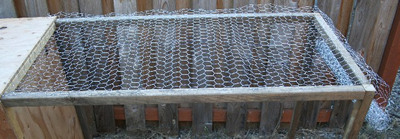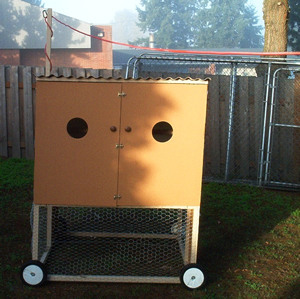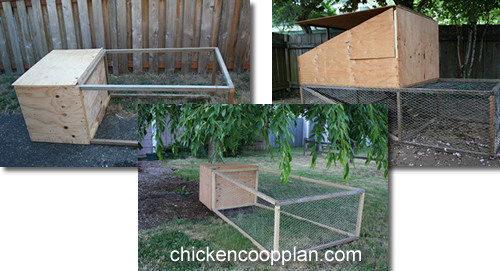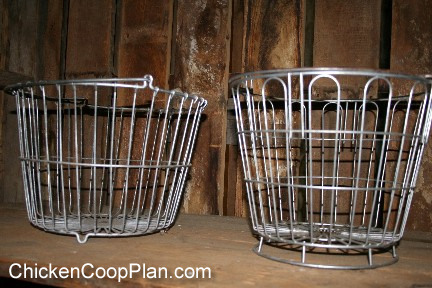By Kelson Spear
Let's start with a Quiz -
Which of these nutrients is essential for keeping your memory sharp?
A) Vitamin C
B) Choline
C) Beta-carotene
Give up?
The answer is B - Choline.
And do you know what the best source of choline is?
Egg yolks
And choline has TONS of benefits for your health, besides just your memory.
I've stepped very lightly, and lightheartedly, around the topics of eggs. But due to some things I've been reading recently, I can't hold it back any longer.
There are SOOOO MANY benefits to raising your own chickens. And getting fresh eggs and egg yolks every day is just one part.
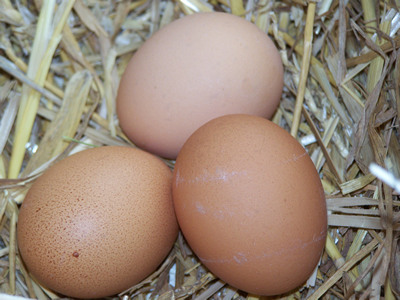
How about this comment, from a registered dietician at the Institute of Culinary Education in New York:
'[Eggs] are an inexpensive nutrition powerhouse containing high quality protein, 13 essential vitamins and minerals including folate, vitamin B-12, vitamin D, and nutritive compounds - all within a 70-calorie package'
Unfortunately, eggs have been getting POOR press lately for their 'supposed' bad cholesterol and heart effects.
BUT...
I would like you to check this out:
According to a recent Reuters Health article - a 6-week study showed that having 2 eggs a day doesn't adversely effect either cholesterol levels or endothelial functioning.
This study is also backed up the American Heart Association's recent blessing to a one-egg-a-day diet for good heart health.
Plus a "University of Washington study which showed that adding 2 daily eggs to the diet, recommended by the National Cholesterol Program, had no effect on plasma LDL (considered by the mainstream to be "bad" cholesterol) - even among those with elevated LDL"
Now I'm not coming up with this stuff on my own. These are official, medically based studies and recommendations.
I say all of this to encourage you. Growing chickens, and eating daily, farm-fresh eggs is not only fun and relaxing, but it's also good for you.
The next time someone says anything about eating too many eggs, you just tell them to check out the facts...
Not the hype.
Not the myths.
Just the truth about eggs
and how are they good for your chickens?
Imagine these scenarios :
1. You've run out of chick food (please don't) and nowhere is open, what can you give them as an emergency stop-gap?
Scrambled eggs! - after all it is the yolk in the egg that as embryos they took the nutrients they needed to develop from in the first place, and it also sustained them for their first 24 hours outside of the shell. Just be sure that they have some grit available so that they can process it and keep it plain (no added salt or anything like that).
2. You have a poorly hen, she is hardly drinking or eating anything and you are getting worried.
Aside from getting veterinary advice and keeping her isolated somewhere comfortable where you can monitor how she is doing, in terms of getting her to eat something, plain scrambled eggs can often do the trick and even though obviously not a cure for whatever is wrong, it does provide some nutrition which she would not otherwise get if she is refusing to eat. Incidentally plain yoghurt and plain porridge are two other foods that will sometimes be accepted by a poorly hen when everything else is being refused.
3. Your hens are laying soft shells and you want to try boosting their calcium intake a little to see if it helps. What can you give?
Their own egg shells is a valid option for this. Crush them up first so as not to give your hens any egg eating ideas. Baking the eggshells at around 200 degrees for about 20 mins can make the shells more brittle and easier to crush up.



